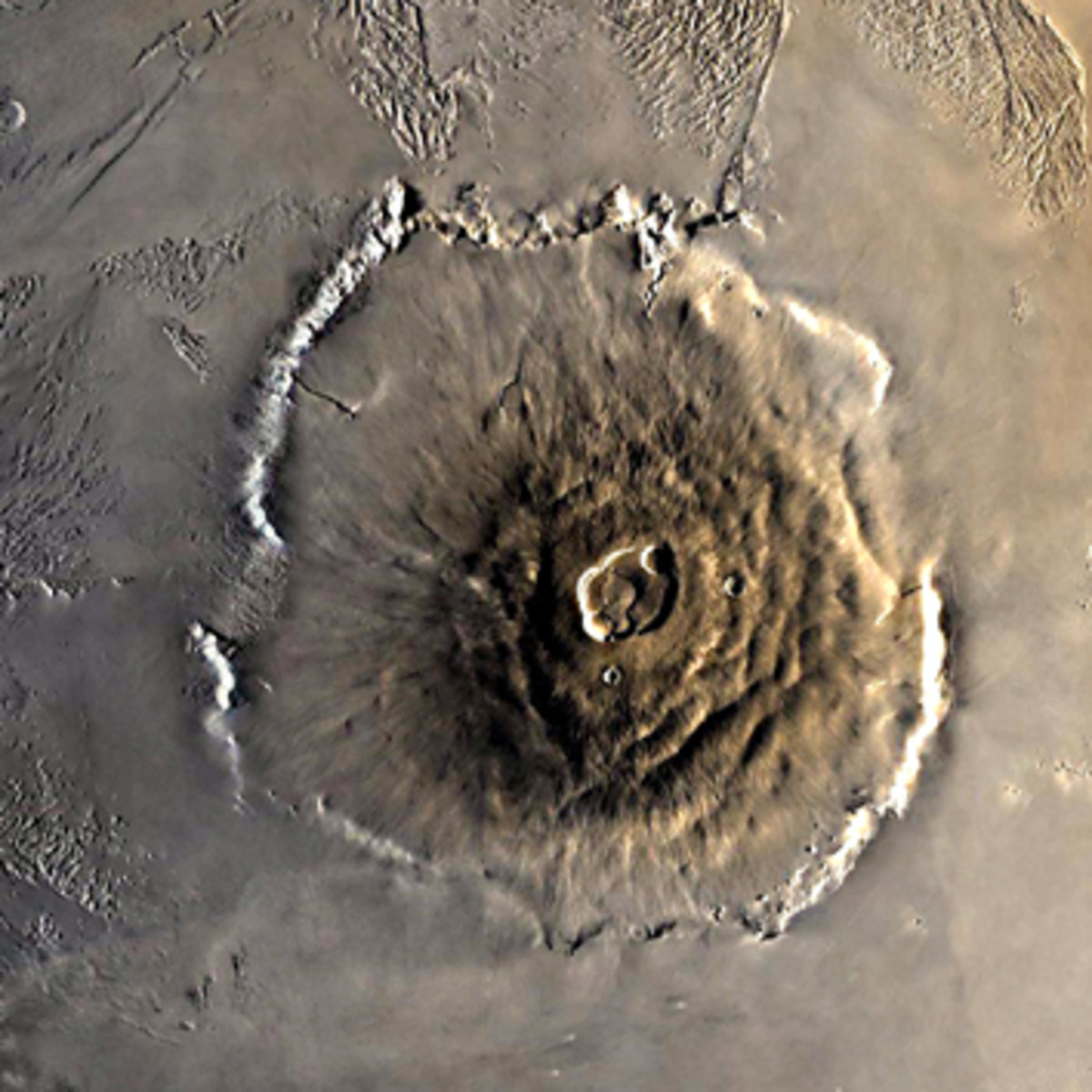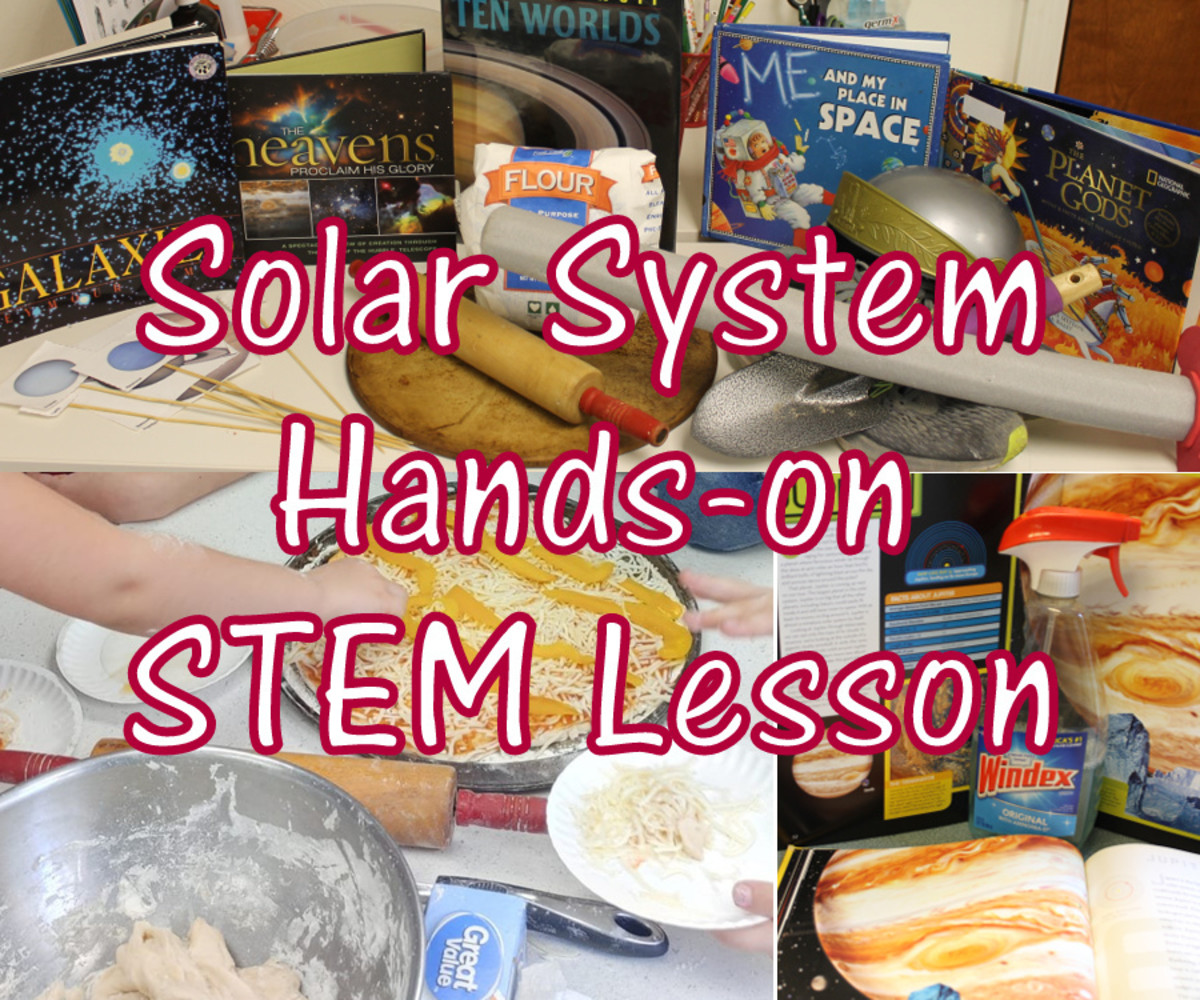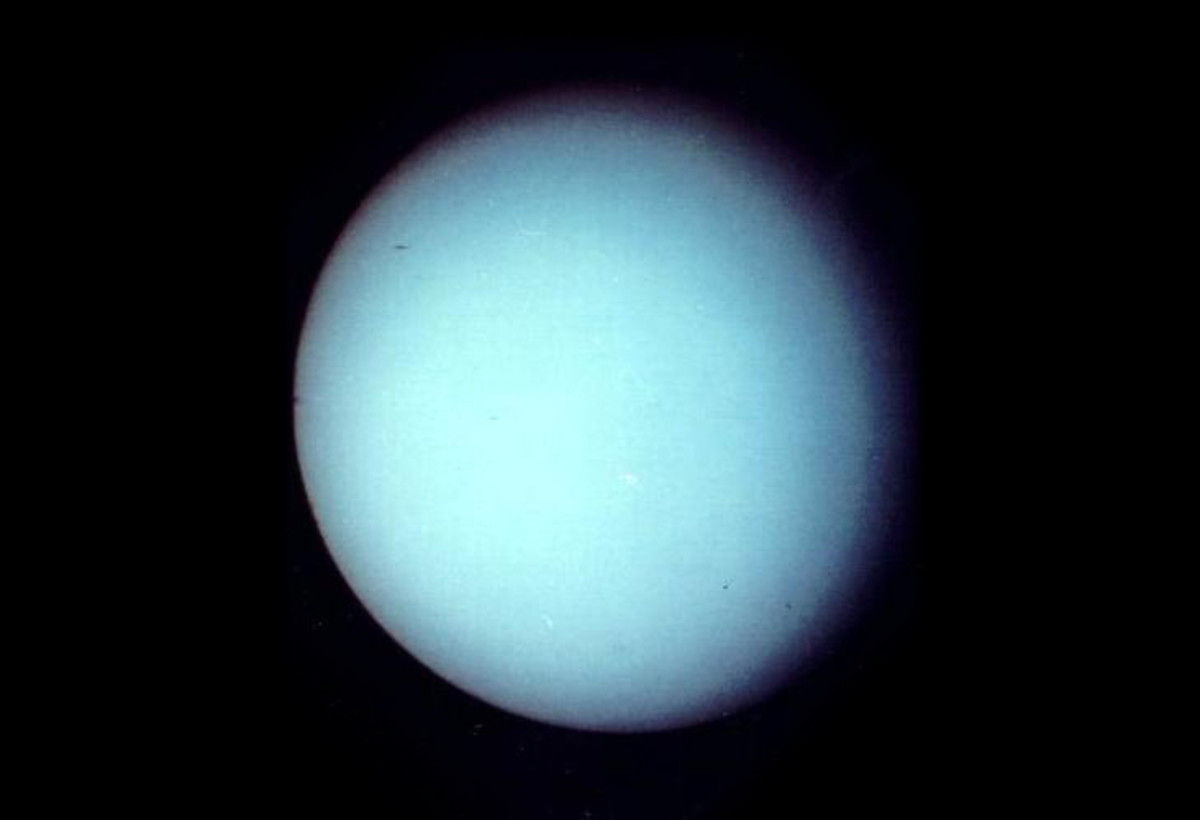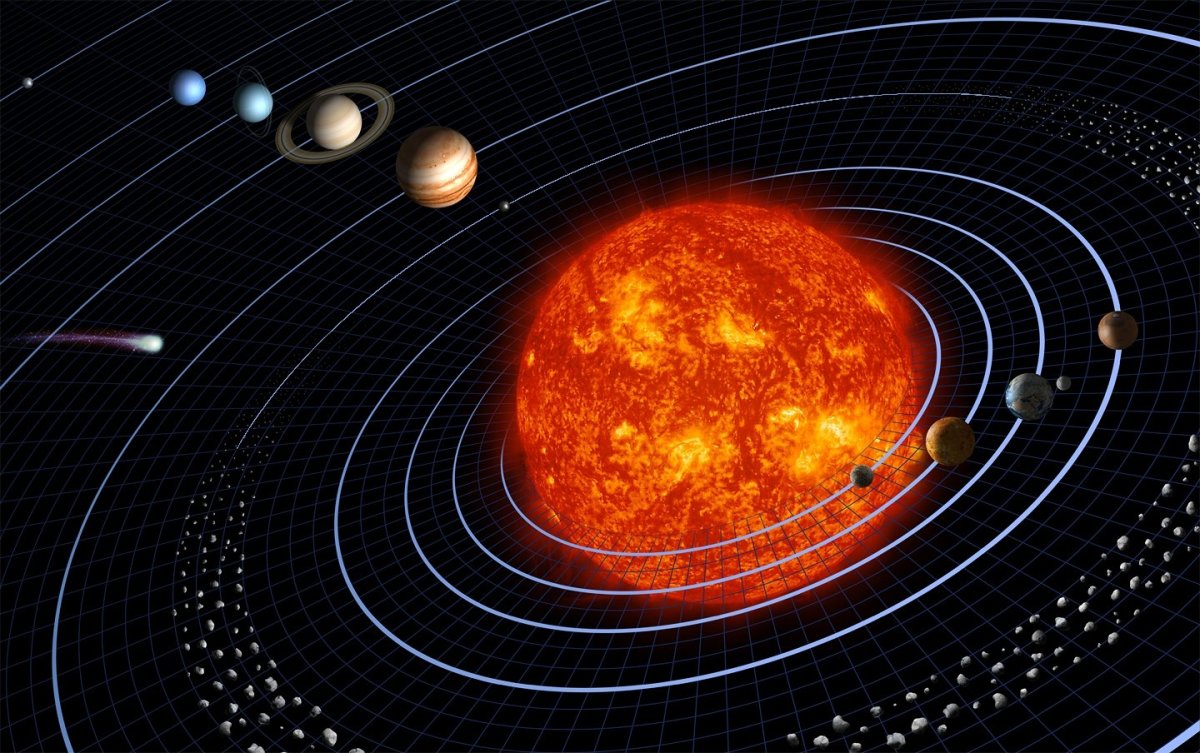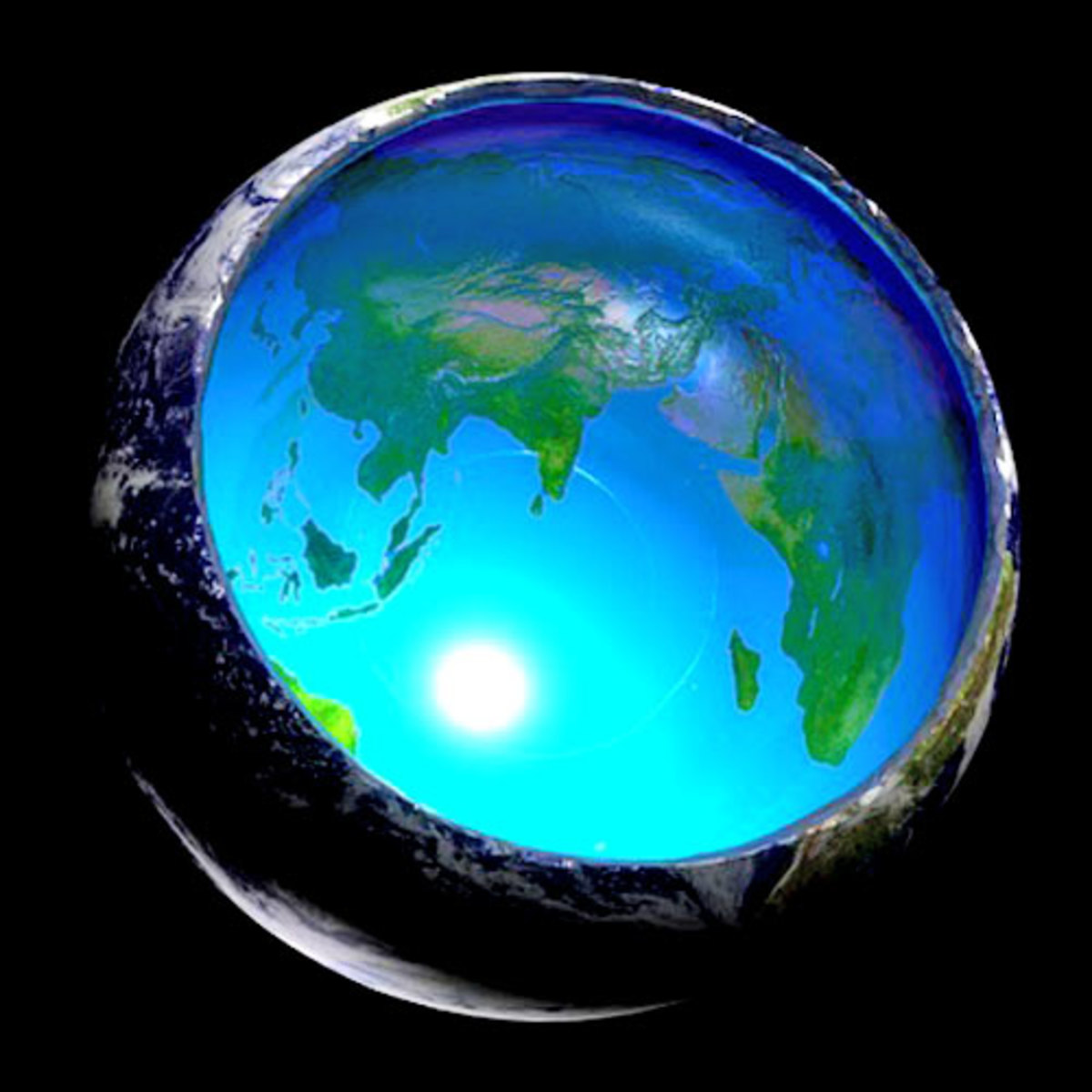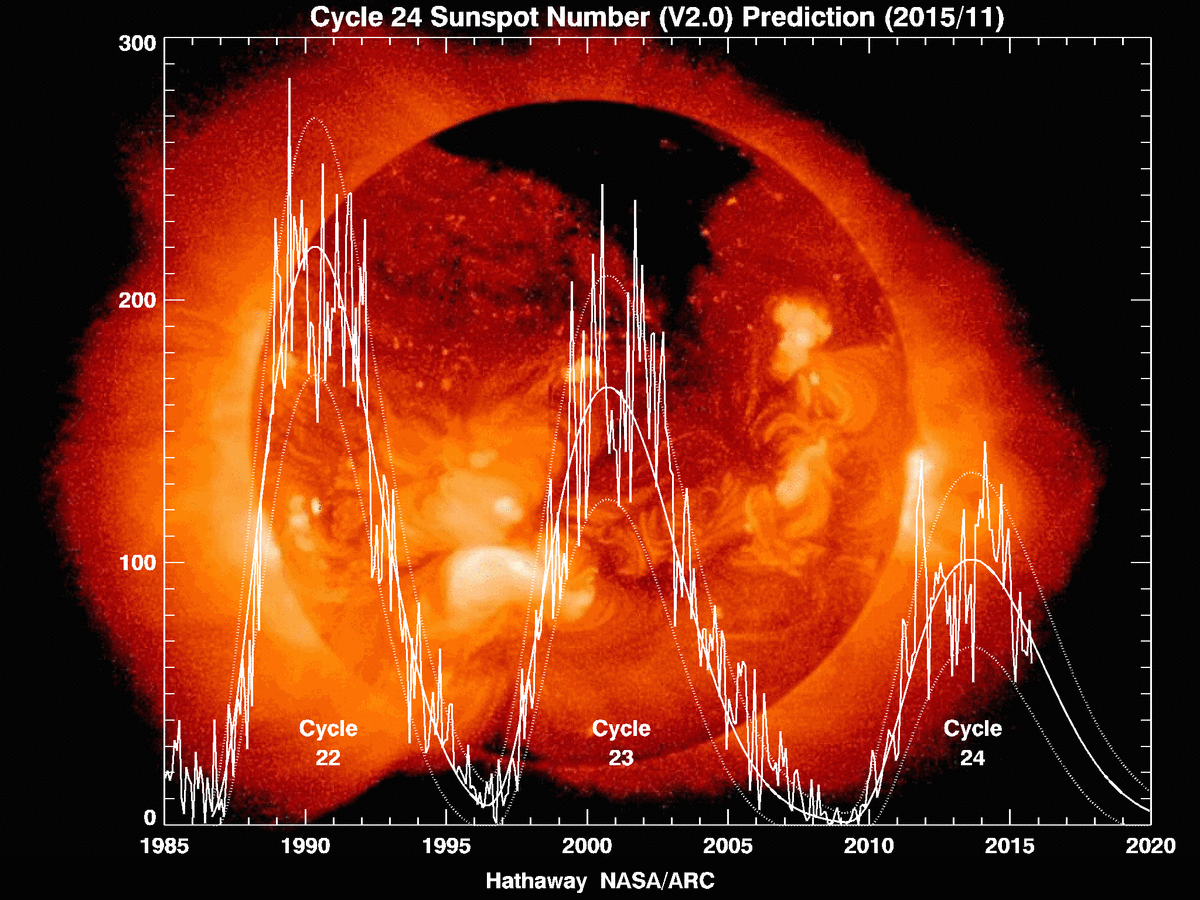How are Moons Made?

What Are Moons?
There are more than 300 moons in our solar system orbiting six different planets. With such huge numbers, moons show a much wider range of environments than found on the planets of the solar system. From the potato shaped moons of Mars, to the crushing atmosphere of Titan, to the ice volcanoes of Enceladus; the moons of our solar system are far from boring, inactive chunks of rock. Moons are the sites of the biggest volcanic eruptions and largest, deepest oceans in the solar system.
But what are moons? All moons are natural satellites held in place by gravity. This is the scientific way of saying they are chunks of rock that orbit planets. These can be small and irregular such as Phobos and Deimos, the moons of Mars, or massive worlds such as Ganymede, a moon orbiting Jupiter which is larger than the planet Mercury. Far from passive observers, these worlds actively shape, mould and maintain the solar system.
There are three distinct ways in which moons can be formed:
- Accretion
- Impact Events
- Capture Events
Accretion Theory
Many moons form in the same way as planets do - Accretion.
After the formation of a star, large amounts of dust and gas are left over that slowly start to form clumps under the influence of their own gravity. These clumps start to bump into each other making larger and larger clumps - like a snowball rolling down a hill - until all of the dust in the area is used up and the moon stops growing.
Impact Theory
Some moons, such as our own, are thought to have been created as the result of a massive impact between two celestial bodies. After such a monumental collision, huge amounts of debris are ejected into space. Given time, these debris clouds coalesce into moons in a similar process to accretion.
The most widely accepted theory as to the formation of our own moon is the giant impact theory. This holds that a mars-sized proto planet called Thea smashed into the young Earth. Most of Thea fused with Earth, but huge amounts of debris were ejected into space. This coalesced into a ball and formed our Moon. As you can see from the video, the early moon-rises would have been far more spectacular than they are today.
How do we know this process formed our own Moon? We have all the evidence we need from rocks brought back from Apollo 11. After analysis of the rock samples, scientists found that they were identical in composition to rocks found in the Earth's crust. Not only that, but the rocks showed distinct evidence of being superheated. A massive impact event explains both of these facts.
It is unclear, however, whether the Moon was formed from an impact into Earth, or if several smaller moons orbiting the Earth impacted each other to form the Moon we know today.
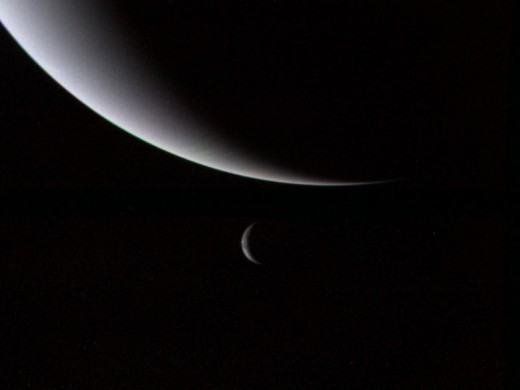
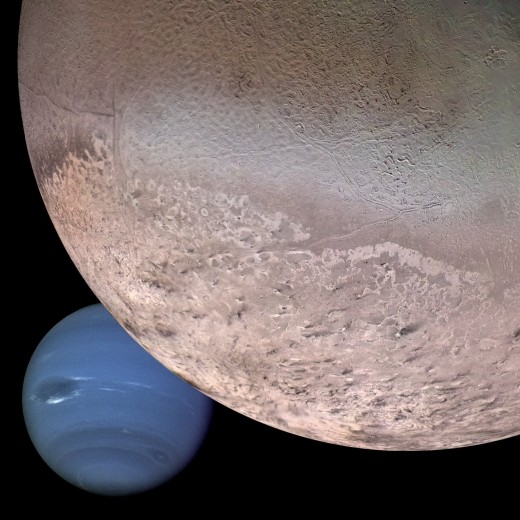
Capture Theory
Some moons did not form near their parent planet at all, but instead formed elsewhere in the solar system. As these bodies wandered through the solar system, they strayed too close to a planet and got caught up in their gravity. These wandering objects could be asteroids (like Mars' moons Deimos and Phobos), comets, or even entire planets (such as Neptune's moon Triton).
Capturing a celestial body is a delicate balance; too much gravity and the object will smash into the planet, too little gravity and the object will escape the clutches of the planet and continue wandering the cosmos.
Of all the captured bodies in the solar system, Triton is by far the largest. This moon is 2700km in diameter and orbits Neptune. Triton is a very strange object - it orbits Neptune in the opposite direction to the direction of Neptune's spin, the only moon in the solar system to orbit in this way. This is evidence that Triton could not have formed by accretion from the debris left over from the birth of Neptune.
Triton will not last forever. Neptune is slowly dragging this captured dwarf planet closer and closer. One day, the immense gravity of the gas giant will destroy Triton, possibly forming a brand new ring system around the planet.

